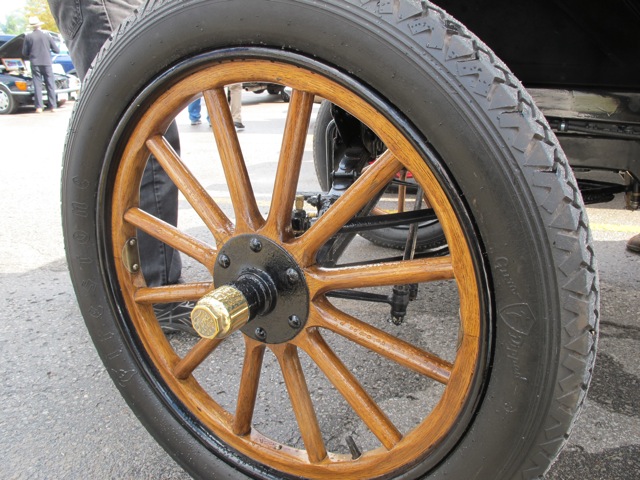just to chime in on my specific particular experience in more detail for anyone who may find this useful;
went from (over 300wh/mi)
• 20'' OEM wheels / Tires (Pilot Sport 4S)
to (249 wh/mi)
• tsportline 18'' wheels / OEM 18'' tires (Primacy MXM4)
this was as similar as can be normal freeway commute (90% of the driving was on the freeway, similar times, similar traffic situations, and not excessively running the heater or at major speeds above the rest of moving traffic), california / bay area winter and summers
it's a single data point for standard normal behavior, I'd also say likely in AP for over 50% of the time if that makes a difference
overall - it was the combo of the 18'' wheel and the OEM primacy tire that got me the 249 over the life of the car with the 18'' wheel set up, pic attached, no change in driving behavior (IE - extreme lead footing)
YMMV (also correction to my 240wh/mi above, 249wh/mi is what I'm averaging over 20K+ miles)



